Shrimp cakes, a beloved seafood product found in supermarkets worldwide, have become a staple in kitchens due to their versatility and convenience. These disc-shaped patties, often sold frozen or refrigerated, are prized for their ability to transform into quick meals, from stir-fries to appetizers. Yet, behind their unassuming appearance lies a complex blend of ingredients and production techniques. This article delves into the science and artistry behind supermarket shrimp cakes, dissecting their composition, production methods, and the factors that influence their quality and taste.
The Foundation: Shrimp as the Primary Ingredient
At the heart of every shrimp cake lies its namesake ingredient: shrimp. The species of shrimp used can vary, but common choices include Penaeus vannamei (whiteleg shrimp) and Penaeus monodon (black tiger shrimp), both farmed extensively due to their mild flavor and adaptability to aquaculture. The quality of the shrimp directly impacts the cake’s texture and taste. Farmed shrimp, which dominate the global market, are often preferred for their consistent size and availability, though wild-caught varieties may be used in premium products.
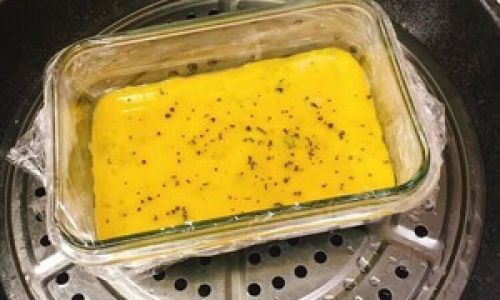
The shrimp are typically processed shortly after harvest to maintain freshness. This involves peeling, deveining, and sometimes removing the tails. The meat is then rinsed to eliminate impurities before being minced or ground into a coarse paste. The degree of grinding affects the final texture: a finer grind yields a smoother cake, while a coarser texture retains more of the shrimp’s natural fiber, offering a bouncier bite.
Binders and Fillers: Balancing Texture and Cost
Shrimp alone cannot hold a cake together; binders and fillers are essential to maintain structure and improve cost-efficiency. Common binders include:
- Starches: Cornstarch, potato starch, or tapioca starch are frequently used. These absorb moisture and create a gel-like matrix when heated, preventing the cake from crumbling.
- Eggs: Whole eggs or egg whites act as natural emulsifiers, binding ingredients while adding richness.
- Breadcrumbs or Panko: These provide bulk and a crispy exterior when cooked, though they are more common in Western-style recipes.
- Vegetable Proteins: Soy protein isolate or wheat gluten may be added to enhance elasticity and reduce shrimp usage, particularly in budget-friendly products.
The ratio of shrimp to fillers varies widely. Premium shrimp cakes may contain 70–90% shrimp, while economy versions might use as little as 30%, compensating with fillers. This discrepancy is often reflected in the price and labeling—products boasting “all-natural” or “high shrimp content” typically command higher costs.
Seasonings and Flavor Enhancers
To elevate the shrimp’s mild sweetness, manufacturers incorporate a blend of seasonings. Salt is universal, but other ingredients may include:
- Sugar: Balances saltiness and enhances caramelization during cooking.
- Spices: White pepper, garlic powder, or ginger powder add depth.
- Umami Boosters: Monosodium glutamate (MSG) or yeast extracts amplify savory notes.
- Acidic Agents: Citric acid or vinegar can brighten the flavor profile.
Some producers also include natural flavorings, such as shrimp stock powder or dried seaweed, to mimic the complexity of homemade versions. However, excessive use of artificial additives can result in a metallic or overly processed taste, a common critique of lower-tier products.
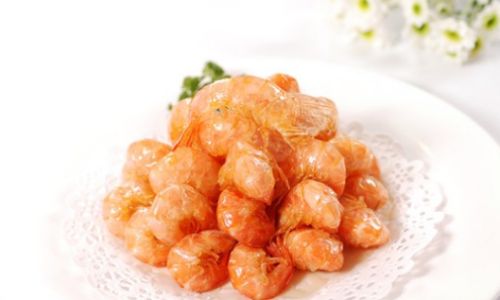
Production Process: From Mincing to Packaging
The journey from raw shrimp to supermarket shelf involves several critical steps:
-
Mincing and Blending: The shrimp meat is passed through a grinder to create a paste. This paste is then combined with binders, seasonings, and fillers in a large mixer. The mixture is chilled to prevent premature cooking and ensure even distribution of ingredients.
-
Forming: The blended mixture is fed into a molding machine, which shapes it into patties. Some factories use manual labor for this step, particularly in artisanal settings, while automated lines can produce thousands of cakes per hour.
-
Cooking: Shrimp cakes are typically partially cooked before packaging. This step, often done via steaming or shallow frying, sets the structure and kills pathogens. Partial cooking also extends shelf life by reducing microbial activity.
-
Cooling and Packaging: The cakes are rapidly chilled to below 4°C (39°F) to halt cooking and preserve texture. They are then individually wrapped or placed in trays, often with a protective coating of oil or plastic film to prevent freezer burn.
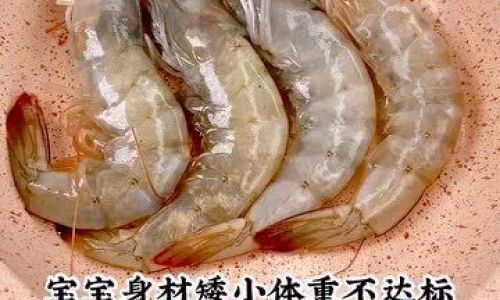
Additives and Preservatives: Safety and Shelf Life
Supermarket shrimp cakes frequently contain additives to ensure safety and longevity. Common preservatives include:
- Sodium Phosphates: These regulate moisture and prevent texture degradation.
- Sodium Metabisulfite: Acts as an antimicrobial and antioxidant.
- Citric Acid: Lowers pH to inhibit bacterial growth.
While these additives are generally recognized as safe (GRAS) by regulatory bodies, consumers with sensitivities should scrutinize labels. Organic or “clean-label” products may omit synthetic preservatives, relying instead on natural alternatives like rosemary extract or vinegar.
Nutritional Profile: Health Benefits and Considerations
Shrimp cakes offer a decent nutritional profile, with a typical 100-gram serving providing:
- Protein: 12–18 grams, depending on shrimp content.
- Fat: 3–8 grams, primarily from added oils or binders.
- Carbohydrates: 5–15 grams, largely from starches.
- Micronutrients: Shrimp is rich in selenium, vitamin B12, and iodine.
However, sodium levels can be high due to added salt and flavor enhancers, with some products exceeding 500 mg per serving. Individuals monitoring sodium intake should opt for low-sodium varieties or adjust portion sizes.
Regional Variations: From Asia to the West
Shrimp cake formulations vary significantly by region. In Southeast Asia, dishes like Tod Man Pla (Thai shrimp cakes) incorporate lemongrass, cilantro, and fish sauce, reflecting local culinary traditions. Japanese Ebi Fry features a panko crust and tartar sauce, while Chinese Har Gow (shrimp dumplings) use translucent wheat starch wrappers.
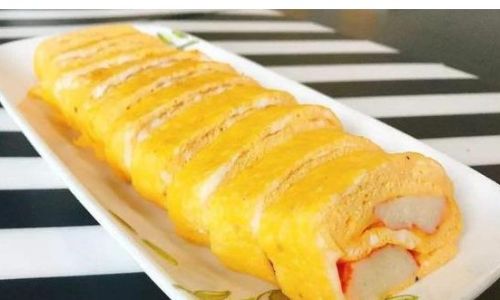
Western-style shrimp cakes often prioritize simplicity, with lemon juice, dill, or Old Bay seasoning as dominant flavors. Some gourmet varieties incorporate cheese, herbs, or even chili flakes to cater to diverse palates.
Sustainability Concerns: Farmed vs. Wild-Caught Shrimp
The environmental impact of shrimp farming has sparked debate. Intensive aquaculture practices can lead to habitat destruction, pollution, and antibiotic misuse. However, certifications like the Aquaculture Stewardship Council (ASC) or Best Aquaculture Practices (BAP) indicate adherence to sustainable standards, including reduced water usage and responsible feed sourcing.
Consumers concerned about sustainability can seek eco-labels or opt for wild-caught shrimp cakes, though these are less common due to higher costs and seasonal availability.
How to Choose Quality Shrimp Cakes
Navigating the supermarket aisle requires discernment. Key factors to consider include:
- Shrimp Content: Look for products listing shrimp as the first ingredient. Avoid those with vague terms like “seafood mix.”
- Additive Load: Shorter ingredient lists often indicate higher quality.
- Texture Clues: A slightly rough exterior suggests a higher shrimp-to-filler ratio.
- Certifications: Labels like MSC (Marine Stewardship Council) or organic certifications validate sustainability claims.
Cooking and Culinary Applications
Shrimp cakes are incredibly versatile. Common preparation methods include:
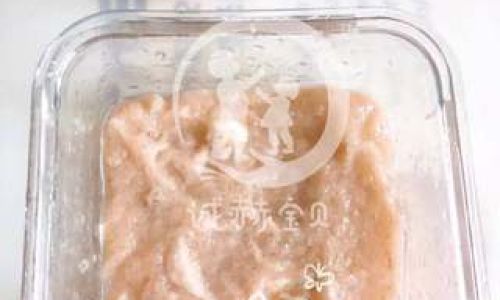
- Pan-Frying: Achieves a crispy golden crust.
- Grilling: Imparts a smoky flavor, ideal for summer meals.
- Baking: A healthier alternative that retains moisture.
- Air-Frying: Reduces oil content while maintaining crispiness.
They pair well with dipping sauces like sweet chili, tartar, or soy-ginger. For a complete meal, serve them in sandwiches, salads, or over rice bowls.
The Future of Shrimp Cakes: Innovation and Trends
The market for shrimp cakes continues to evolve, driven by consumer demands for healthier, more sustainable options. Emerging trends include:
- Plant-Based Hybrids: Blends of shrimp and legume proteins cater to flexitarians.
- Gluten-Free Formulations: Using rice flour or almond meal as binders.
- Ethnic Fusion Flavors: Combining global spices, such as harissa or gochujang.
Conclusion: A Seafood Staple Reimagined
Supermarket shrimp cakes are a testament to culinary innovation, marrying convenience with the timeless appeal of shrimp. While their composition varies, the best products balance shrimp integrity with thoughtful additives, resulting in a versatile ingredient that bridges cultural and culinary divides. By understanding their production and selecting wisely, consumers can enjoy these cakes as both a quick fix and a gourmet delight. As the industry adapts to sustainability and health trends, the humble shrimp cake is poised to remain a pantry essential for years to come.
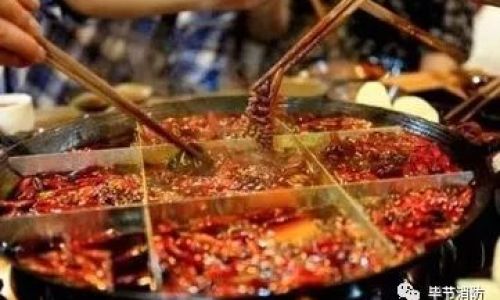
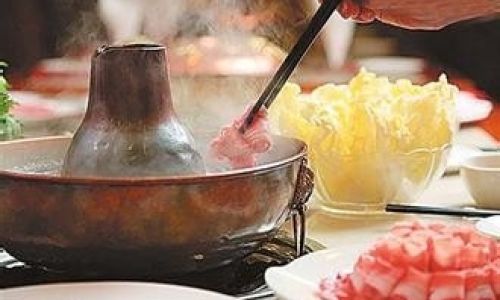
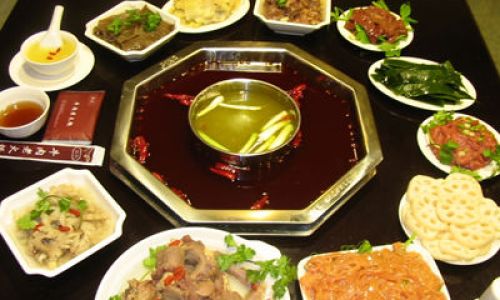
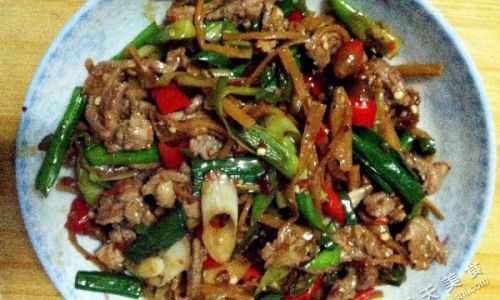
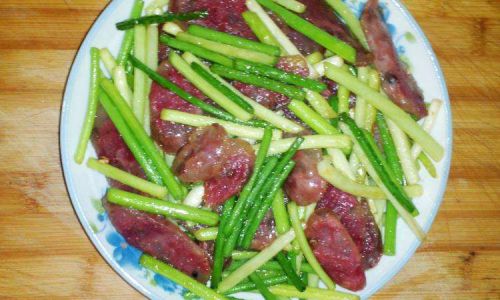
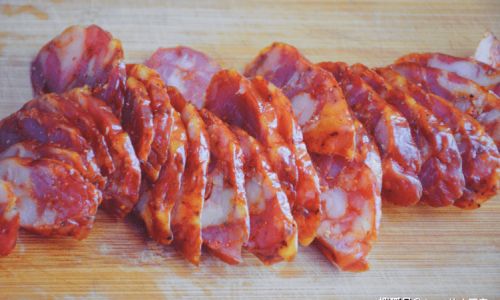
0 comments